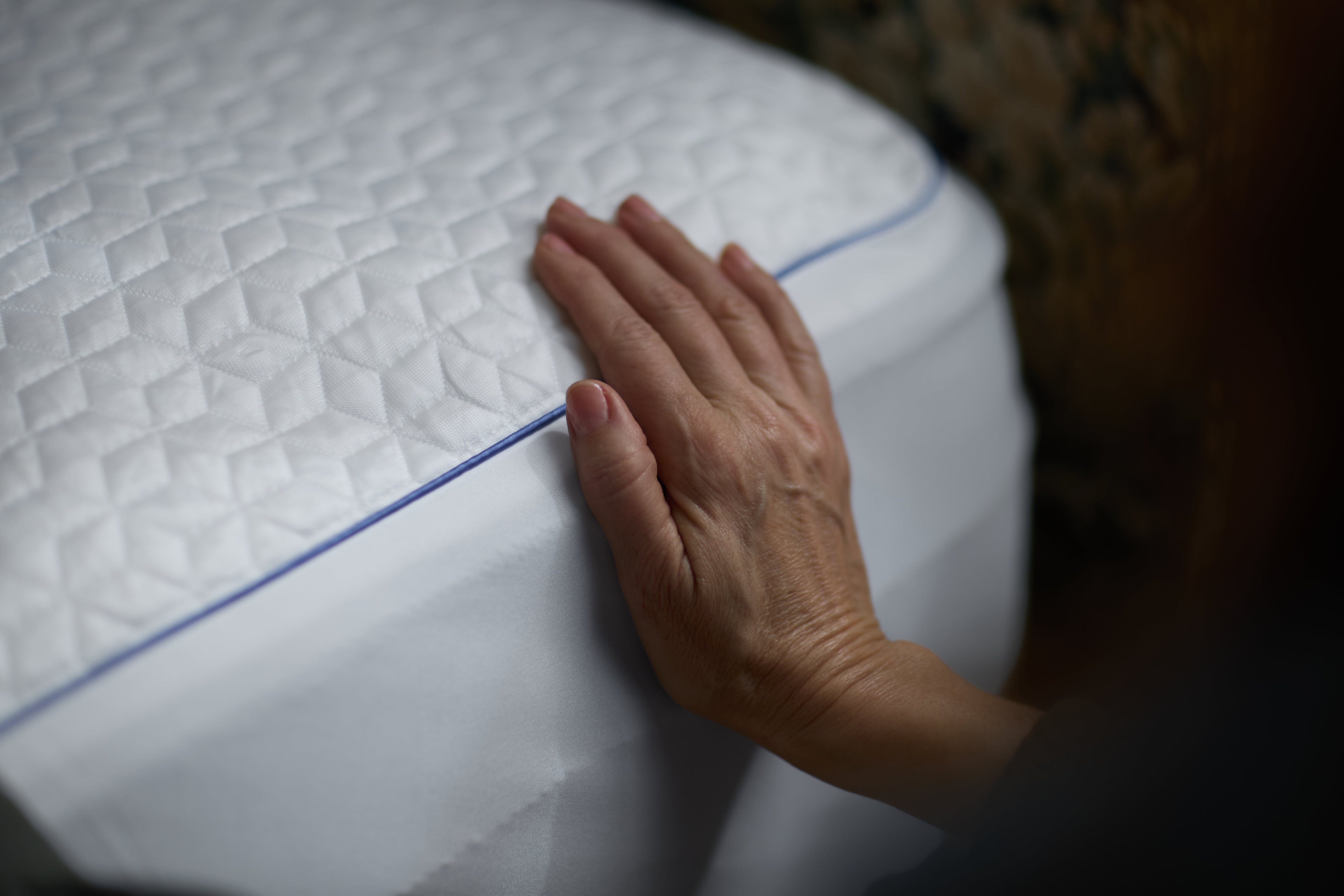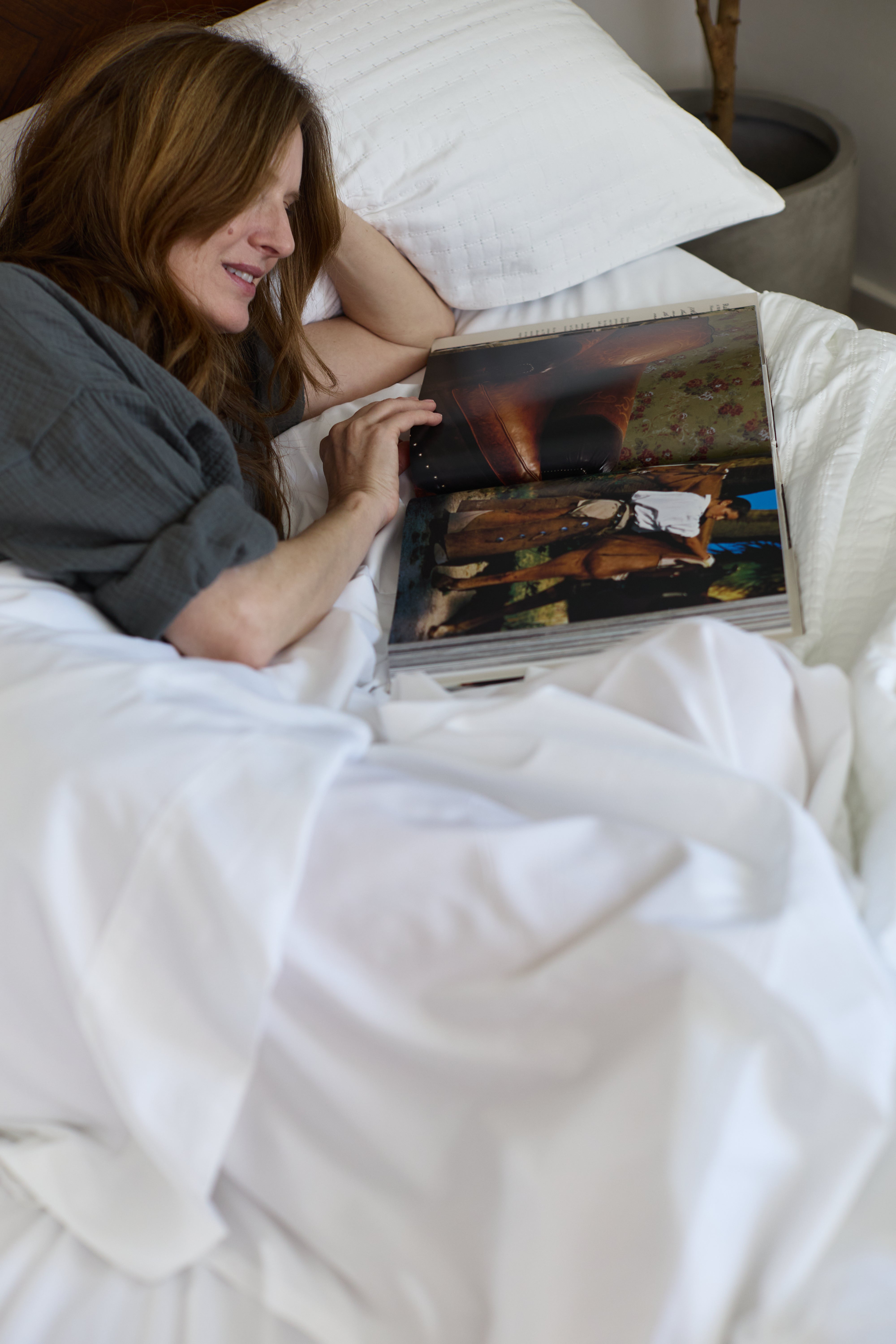Chances are, even if you have never heard of the word Tencel, you have recently reaped the benefits of it. Whether it be in clothing, makeup wipes, our DreamFit sheets, or any of the thousands of products that now include Tencel, you are in the middle of a Tencel revolution. Understanding textiles is never at the top of the list when you are shopping for the newest and greatest products, but comfort almost always is. So, to understand why Tencel brings so much of that comfort and why it is has indeed been touted as the Beyonce of Fabrics, a few seconds of Textile 101 can’t hurt. Important in this are the words tencel, lyocell, and cellulose (I promise to make this as painless and as quick as possible).
- Tencel/Lyocell
According to Organic Clothing, TENCEL® is a brand name for a type of lyocell . According to the dictionary, lyocell is “a strong synthetic fiber made from reconstituted cellulose, and is used in many types of textiles typically blended with other fibers.” (FYI: For a fabric to claim that it is indeed TENCEL, "the blend composition must be a minimum of 30% TENCEL®" ).
- So what is Cellulose then?
Cellulose is the main ingredient of the cell walls of plants and the main ingredient of textiles made from cotton, linen, and other plant fibers. One of these most recent and environmentally friendly of these fibers comes in the form of Tencel - (Taken from an Abstract on Cellulose: Fascinating..Raw Material). QUICK, Let’s REVIEW: Tencel is basically the brand name of lyocell (like Kleenex and tissues). Lyocell is a fiber made from cellulose. Cellulose is the main ingredient of plant cell walls. GOT IT? (Me either, so let’s just move on to the fun stuff.) We do know this much: generally we think of the contents of fabric as either natural (cotton, wool, silk) or artificial (polyester or nylon just to name a few). Tencel is developed from wood pulp which is formed by a chemical process thus making Tencel a perfect blend of the two. And as Organic Clothing points out, Tencel “keeps the structure closer to that found in nature. “ Tencel is the combination of the ecological movement and the scientific advancements of lab research. And successful companies all over the globe are latching onto Tencel and taking advantage of its many impressive characteristics. In a Vogue article discussing Fashion Startup's Cotton Alternatives, Tencel appears to be the It-Girl of the fashion world right now. Essha Chabra lists the up and coming fashion houses that love the fiber and describes Tencel as “an environmentally conscious brand converting the pulp from sustainably harvested eucalyptus trees to produce... a fiber that’s highly breathable, much softer than cotton, and far less prone to wrinkling.” Even the ultra ULTRA trendy and uber UBER chic brand Reformation (who touts “We make killer clothes that don’t kill the environment” on their homepage) has become very vocal about its love for Tencel calling it the “Beyoncé of fabrics” for all of its planet-loving properties. Yael Aflalo, the CEO of Reformation, lists the reasons why Tencel is a “no trade-off fabric for us.”
- “Eucalyptus for Tencel can be grown on marginal lands rather than on land used for food crops, and with little irrigation, and it uses 80 percent less water than cotton.”
- “Tencel has pretty much all the same characteristics of cotton, so it’s a very easy alternative to knit fabric.”
- “Properties, such as the best moisture management and temperature resistance inspire many manufacturers.”
- “Tencel is a natural fibre which is sustainable and strong in agricultural applications and yet still biodegradable with an enormous tenacity profile”
(http://www.innovationintextiles.com/lenzing). Adheer Bahulkar, an international retail-consulting expert, tells Business Insider his reasons for recommending the fiber as well:
- "Lyocell is composed of nanofibrils — literally very, very small fibers — which are hydrophilic," a quality that makes the fabric better at absorbing moisture [which] gives Tencel unique moisture absorption ability, which in turn makes [it] breathable, softer, [and] less prone to wrinkles."
- “Tencel is also more environmentally friendly than other fabrics. It's produced on a closed-loop system, in which "99% of the chemicals and solvents used in the process to break down the wood pulp are recovered and recycled with minimal waste and very low emissions"
And Edward Hertzman, the publisher of Sourcing Journal, which focuses on the retail apparel and textile industry, explains "Tencel does use less land and water than cotton production" (Businessinsider.com "How Tencel Compares to Cotton").


